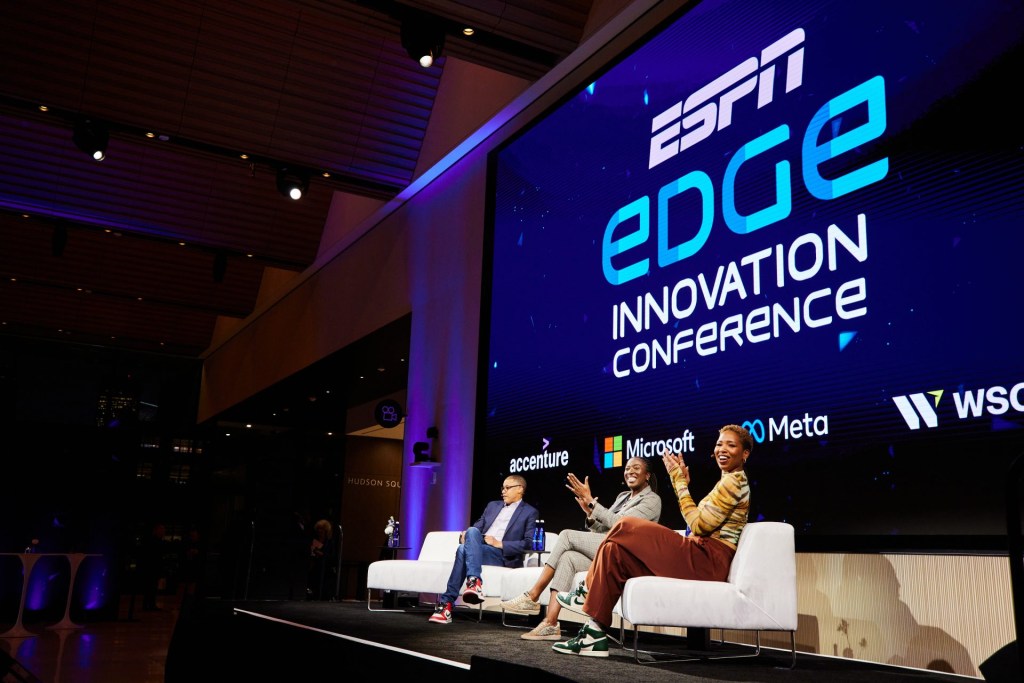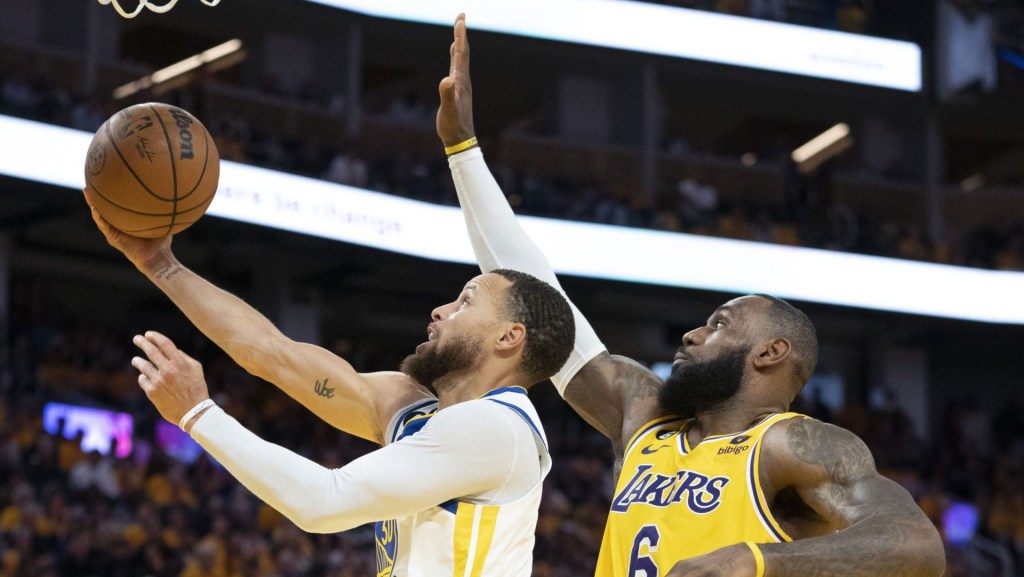By: Trace Welch, @twelch88
Super Bowl Sunday is an unofficial national holiday in the United States of America. This day is marked with food, beverages, large gatherings, and of course, the most anticipated and expensive television commercial advertising event of the year. Many people take part in gatherings celebrating the championship of the most popular sport in North America. These viewers are there for varying reasons ranging from being a fan of the sport, viewing the extravagant concert that encompasses the halftime entertainment, taking part in parties celebrating the game, or an ever increasing reason of viewing, to see the extravagant, creative, and expensive television advertisements that dominate the media timeouts.
With the growing viewership numbers and the technological ability to create memorable advertisements, the commercials that are rolled out every year during the Super Bowl have entered the normal conversation that goes hand in hand with discussing the outcome of the game as well as the entertainment value of the halftime concert. This component of the Super Bowl has become a cash cow for the network that holds the broadcasting rights of the game, this year being The National Broadcasting Company, or better known as NBC.
The advertisements that take place during the Super Bowl have become almost as noticed and scrutinized as the game itself. Organizations pay a premium fee for creating an advertising scheme that tries to portray a clear message to viewers of the annual NFL championship game. As television viewership numbers of the Super Bowl have sky rocketed in the last two decades, and at an exponentially growing rate the last decade in particular, the cost of running an advertisement has risen significantly. Not only has the cost of an ad increased, but so has the pressure on an organizations marketing department to make sure that they are able to create a lasting and captivating advertisement that can clearly portray the message that they are trying to sell to the viewer.
The cost of a 30 second ad slot during the championship game this year will cost a company a reported $4.5 million[1], a pretty penny to pay to try and convey a message to potential consumers. The reported amount of money spent on total advertising costs for the 2012 Super Bowl was $262 million,[2] and that amount has only increased during the past 3 Super Bowls. These amounts show how big of a day the Super Bowl is for companies that have the budget/desire to purchase advertising space, as well as how much pressure must be on the marketing departments of these organizations to make sure that the value of their message is at least equal to the costs of that advertising spot.
The big business of Super Bowl advertisements will only grow in the coming years due to increased viewership, and a larger contingency of people that watch the game solely to consume the advertising. Multiple studies have tried to evaluate the percentage of viewers who watch solely for the commercials, one such study estimates that 78% of viewers look forward to the commercials more than the game itself.[3] Another such study featured by CNN has a much more conservative estimation, that 50% of viewers care more about the commercials than the game.[4]
Whatever number you believe is more accurate, it’s obvious that the television audience is significantly emotionally invested in the advertisements that take place during the game. This promises to only increase the importance of the advertisements during the game, increasing the costs of advertisement, applying more pressure to marketing departments to create an effective message, and creating a large profit for the company that holds the broadcasting rights to the game.
[2] https://www.forbes.com/sites/chuckjones/2013/01/29/super-bowl-ad-spending-hits-new-heights/
[4] https://www.cnn.com/2011/US/02/03/super.bowl.ads.commercial/
















